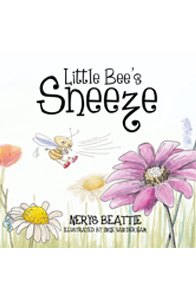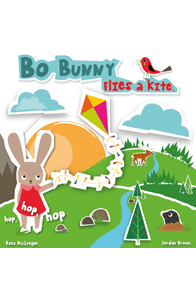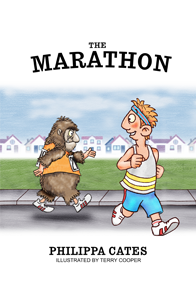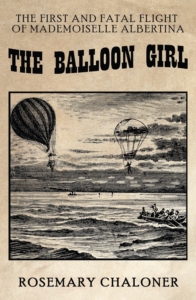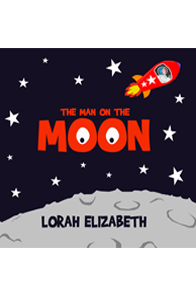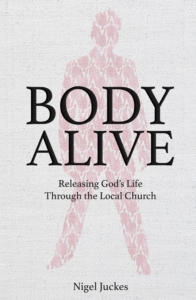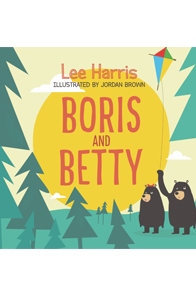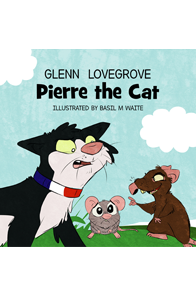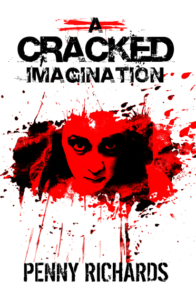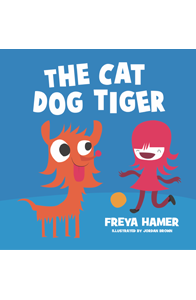‘Look at our apples
Russet and dun,
Bob at our cherries,
Bite at our peaches,
Citrons and dates,
Grapes for the asking,
Pears red with basking
Out in the sun,
Plums on their twigs;
Pluck them and suck them,
Pomegranates, figs.’
(Excerpt from Goblin Market, 352-61)
Are you salivating yet? An abundance of fruit just inviting you to have a taste. Last week I gave you food for thought as we considered how, in writing, the act of eating can reflect status or social interactions. I now want us to think about food some more, focusing in particular on some of the figurative associations of eating.
Close read the extract above. What are you first thoughts? To suck, to lick; even saying these word aloud can engage your tongue and ignite your mind. What about the shapes of the fruits themselves, each bearing a resemblance to parts of the body? The goblins who are attempting to entice Laura to taste their goods are like the sirens who lure sailors to their doom.
Paying heed to Rossetti’s religious background, we can also read the poem as a fable of sorts. If we see the fruit which the goblins are trying so hard to sell as ‘forbidden fruit’, the goblins themselves as a snake and Laura as Eve, we are transported into the Garden of Eden. Laura ‘sucked and sucked and sucked the more / Fruits which that unknown orchard bore’ (L 134-5); could this passage in itself be referring to the tree of knowledge? Inferences could be made about the poem serving as a warning to women not to engage in sexual acts with men: sexual knowledge will bring their downfall.
There are many other explorations of the figurative significance of eating in literature. To take Bram Stoker’s Dracula as an example: there are many readings which centre around the act of the vampire feeding off of others. These readings highlight patriarchy, phallogocentrism, the contemporary practice of using blood transfusions to reduce madness caused by bad blood, taboo subjects such as menstruation and, yet again, sex. Yes, the act of phallic shaped incisors piercing a woman can be interpreted as an act of penetration. Likewise, early in the novel, Jonathan Harker watches in a trance-like state as no less than three of the Count’s mistresses attempt to feed on him. There are many sexual references to ‘red lips’ and ‘voluptuousness’, and a description of one of the women ‘on her knees… [arching] her neck… lower and lower went her head… then the skin of my throat began to tingle’ (1897, 45). The whole feeding frenzy reads as a scene not unlike that found in a romance novel, and yet it is describing a female vampire feeding on a human male.
Through the sexualisation of female vampires and their degeneration to an almost animalistic state, it could be argued that links with sex and religion can again be found. Lucy’s state is altered from each transaction – as it were – making her less and less wholesome. Indeed, her transformation from a respectable woman into a heinous devil-incarnate could be viewed as a warning to women: if left to ‘survive’, she would eventually act like the aforementioned female vampires we have just discussed. After a stakeout at the tomb, Lucy is now described somewhat differently: ‘The sweetness was turned to adamantine, heartless cruelty, and the purity to voluptuous wantonness’ (1897, 225).
At the time of writing it is rapidly approaching Valentine’s Day, when food becomes the language of love. Nigella Lawson has made a career out of sexualising food, so let’s give it a go ourselves. Treating the food allegorically, try describing the act of eating. Use verbs in the present tense to engage the reader’s senses. Employ alliteration to emphasise the ‘mouthfeel’ of your words, rolling them round on your tongue before giving life to them. The aim, of course, is for your reader to salivate at the thought of the images you’ve conjured, whetting their appetite to read on. Any more for any more? Happy writing.
A blog by Steve Marshall
—
Further reading:
Lodge, D. (1992) The Art of Fiction. London: Penguin Books.
Mullan, J. (2006) How Novels Work. Oxford: Oxford University Press.
Rossetti, C. (1995) ‘Goblin Market’ in Selected Poems of Christina Rossetti. London: Wordsworth Editions Ltd.
Stoker, B. (2003) Dracula. First published 1897. London: Penguin Classics.


